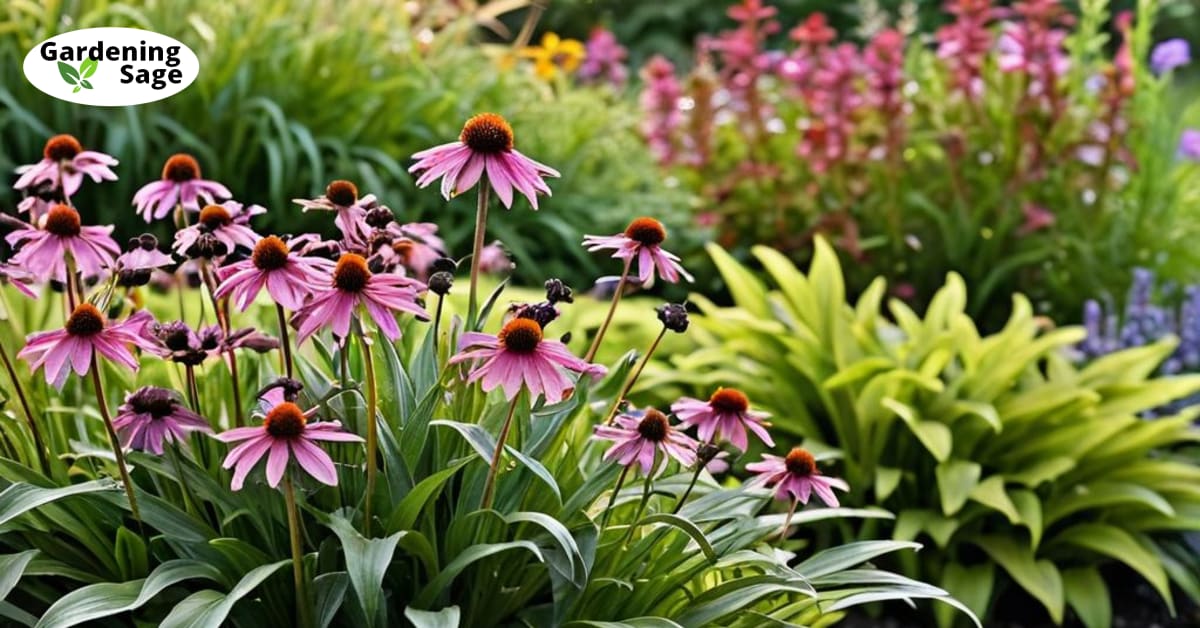Designing a Perennial Flower Garden for Year-Round Blooms
As a gardener, the dream of cultivating a perennial flower garden that offers a continuous display of color from the early days of spring through the waning moments of fall can seem like an overwhelming endeavor. However, with a bit of strategic planning and thoughtful preparation, it is entirely feasible to create a vibrant, ever-evolving tapestry of blooms right in your own backyard. The key to success lies in understanding the growth patterns and needs of these enduring plants.
Choosing the Right Location
When embarking on the design of a perennial garden, selecting the optimal location is paramount. The majority of perennial species flourish in conditions of full sun, which is defined as receiving at least 6 hours of direct sunlight on a daily basis. Prior to planting, it is advisable to spend time observing the way sunlight bathes various sections of your yard throughout the day. Areas that face south or west are typically the most suitable. However, if your garden space is partially shaded, it is important to carefully note the patterns of sunlight to identify the brightest spot available. Some perennials, such as hostas and ferns, can tolerate lower light conditions and can be incorporated into less sunny areas of the garden.
Preparing the Soil
The foundation of a thriving perennial garden is healthy, well-drained soil. Perennials that are planted in soil enriched with nutrients will exhibit more robust growth and produce an abundance of flowers. To enhance your soil, integrate 3-4 inches of compost or other organic material such as well-rotted manure into the top layer. This practice will not only improve the drainage properties of heavy clay soils but will also increase the water retention capabilities of sandy soils. Additionally, it is beneficial to conduct a soil pH test and make adjustments with amendments like lime or sulfur if necessary to achieve a neutral pH close to 7.0, which is ideal for most perennials.
Choosing a Variety of Perennials
To ensure that your garden remains a dynamic showcase throughout the growing season, it is essential to select perennials that have staggered blooming periods. This strategy guarantees that at any given time, a segment of your garden is in its prime. Begin with spring-blooming perennials such as peonies, iris, and bleeding hearts, which will set the stage with their vibrant displays. As the season progresses, these early bloomers will be succeeded by the rich colors of summer favorites like daylilies, coneflowers, and bee balm. To carry the garden’s beauty into autumn, incorporate species such as asters, chrysanthemums, and ornamental grasses, which provide texture and color as the days grow shorter. Additionally, including perennials of varying heights and growth habits will add layers of visual interest and create a more engaging garden experience.
Plant in Drifts and Clusters
When planting your perennials, it is advisable to avoid placing individual plants in isolated positions or in rigid, straight rows. Instead, group them in clusters or drifts of odd numbers such as 3, 5, or 7 for a more organic and aesthetically pleasing appearance. This approach mimics the way plants grow in natural settings and contributes to a cohesive garden design. To establish a sense of continuity and rhythm within the garden, repeat these drifts of the same plant species or cultivars throughout the space. Additionally, consider the interplay of flower shapes, textures, and colors when selecting plants for each group, as this will result in captivating and harmonious combinations that delight the senses.
Proper Care and Maintenance
Once your perennial garden is established, ongoing care and maintenance are crucial for its sustained health and beauty. Aim to provide approximately 1 inch of water per week, either through rainfall or supplemental irrigation, to ensure that the plants remain hydrated. Applying a layer of mulch to the garden beds will help to conserve soil moisture, suppress weed growth, and provide a finished look to the garden. Regularly deadheading, or removing spent flowers, will encourage many perennials to produce additional blooms and extend their flowering period. In early spring, apply a balanced fertilizer to give your plants a nutritional boost as they emerge from dormancy. Additionally, it is important to divide perennial clumps that have become overcrowded every 3-4 years. This practice not only rejuvenates the plants and promotes vigorous growth but also provides an opportunity to expand your garden or share divisions with fellow gardeners. With consistent attention and care, your perennial garden will flourish and provide endless enjoyment season after season.














